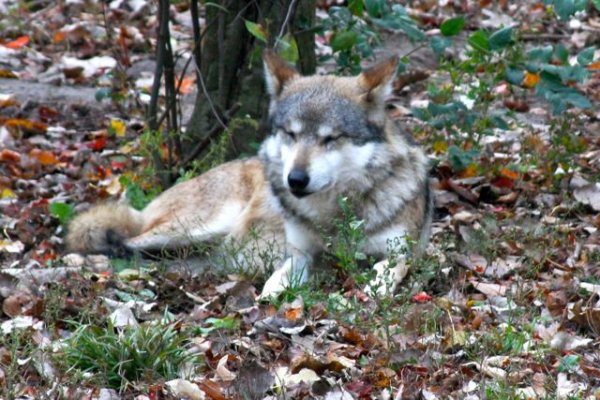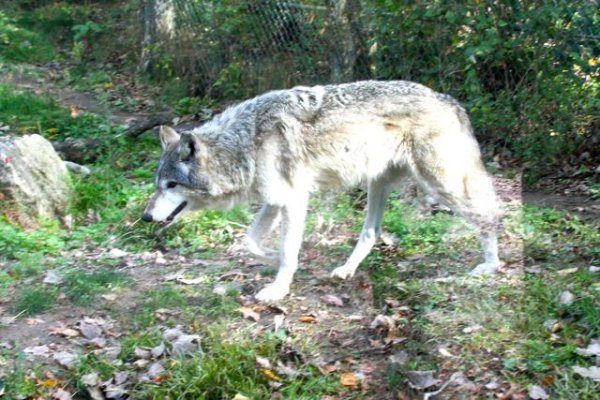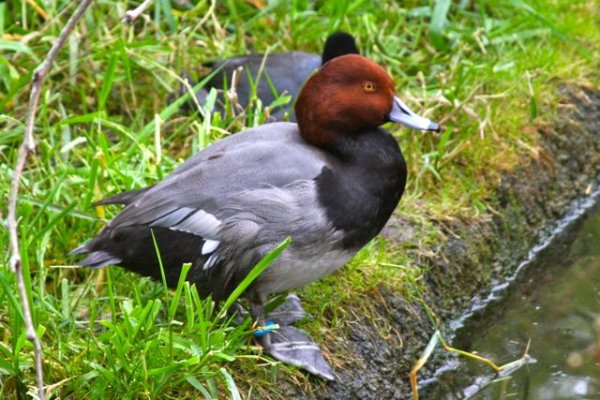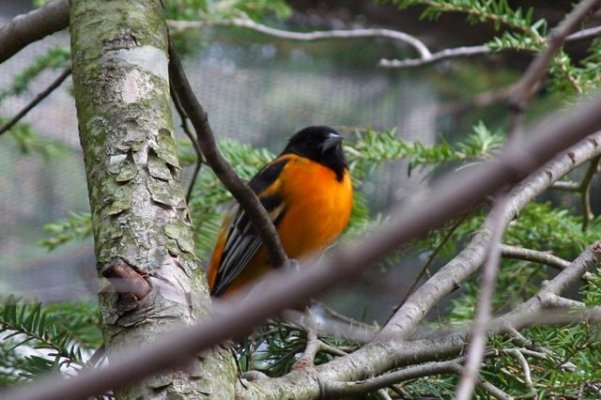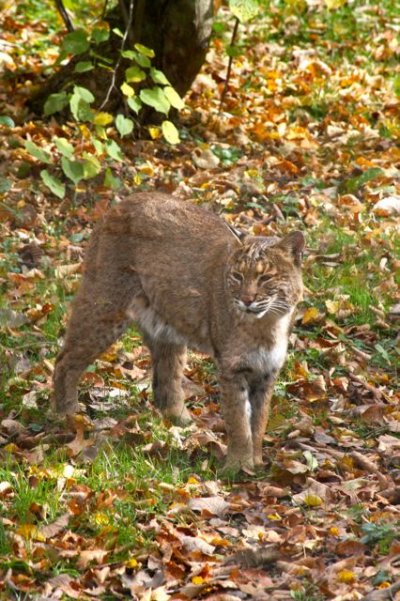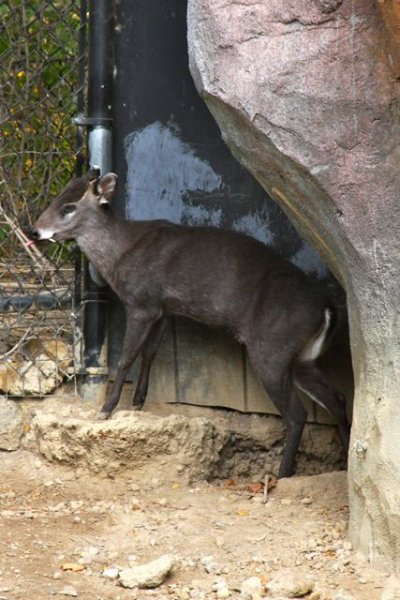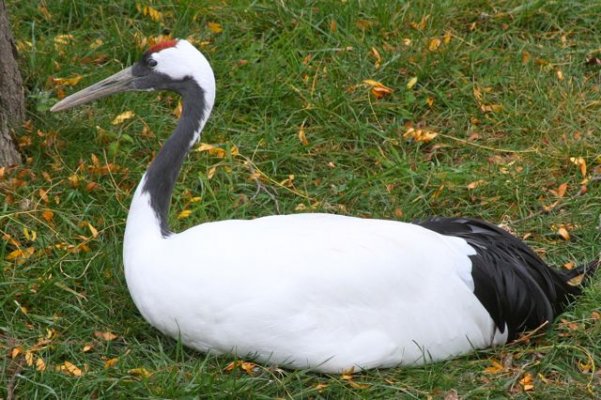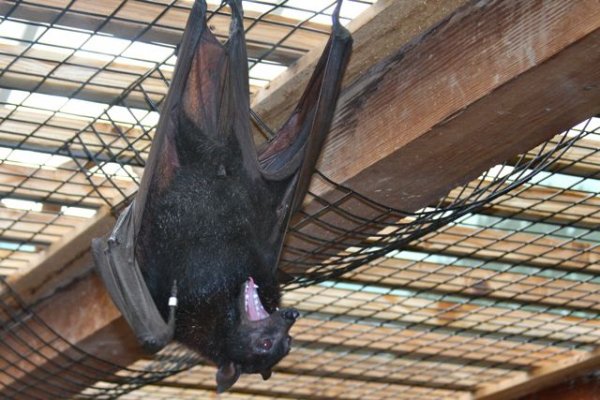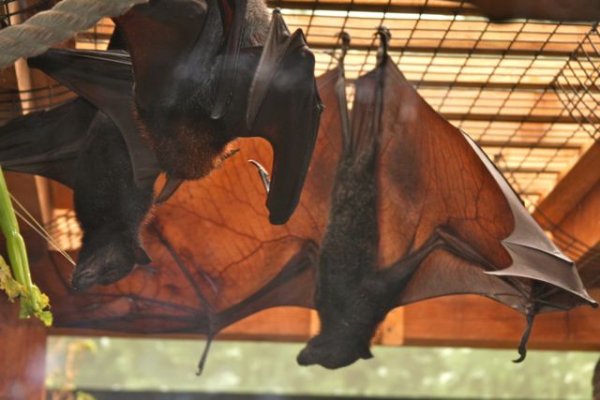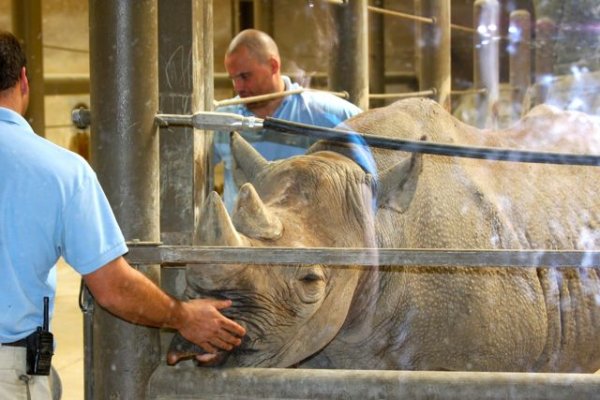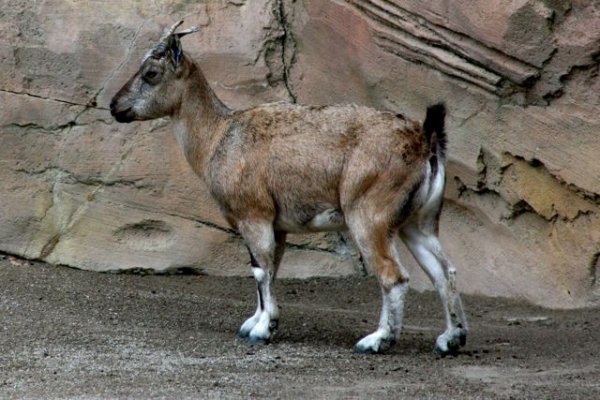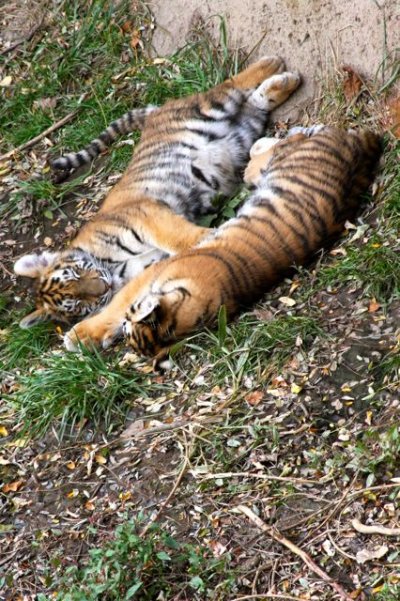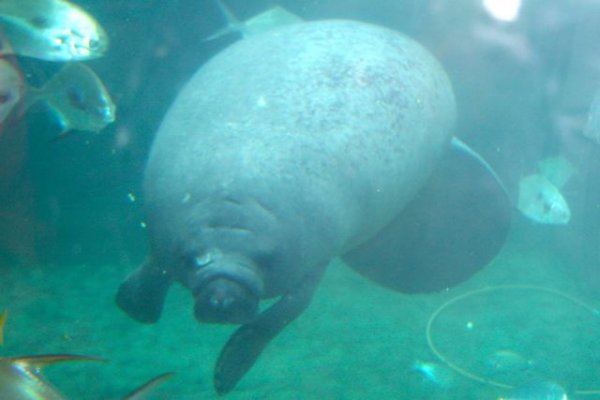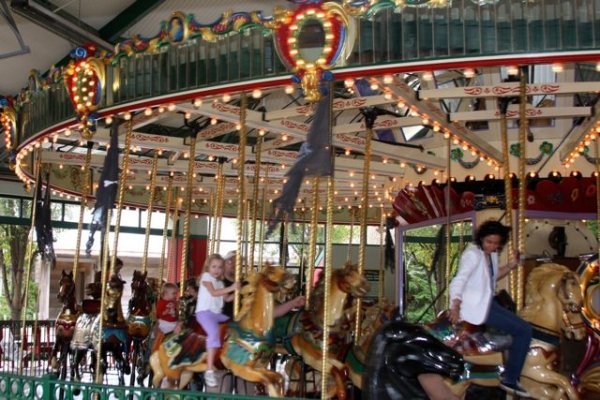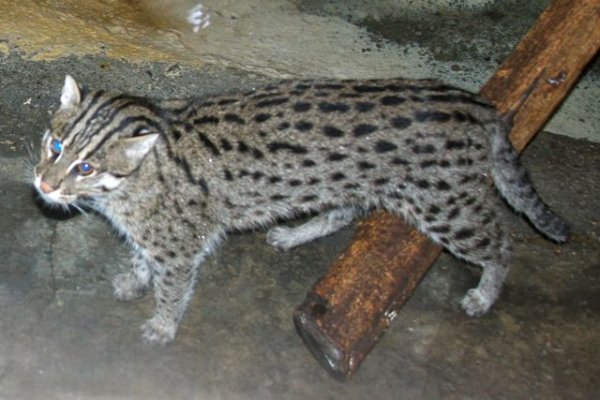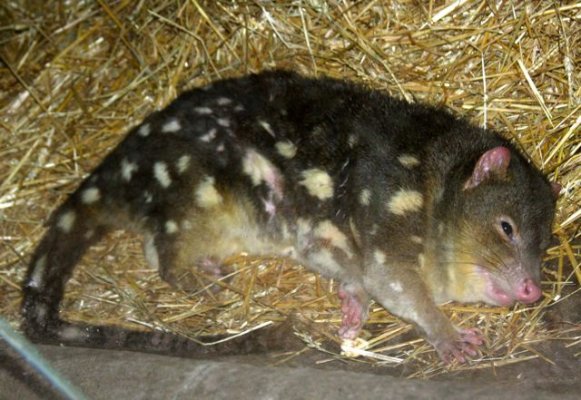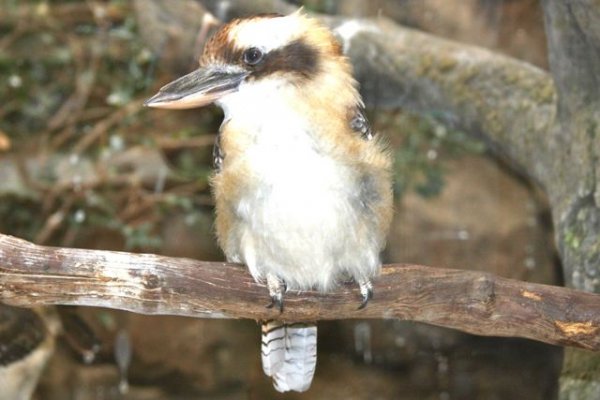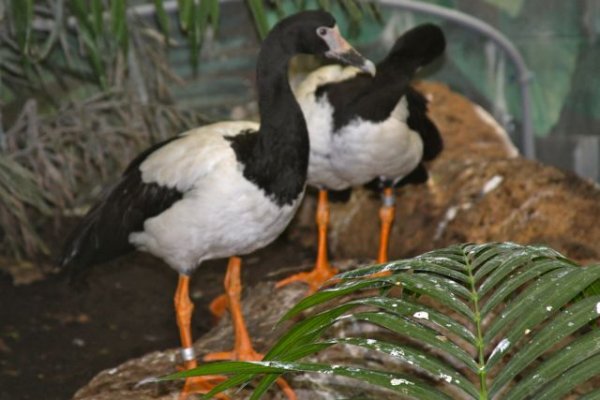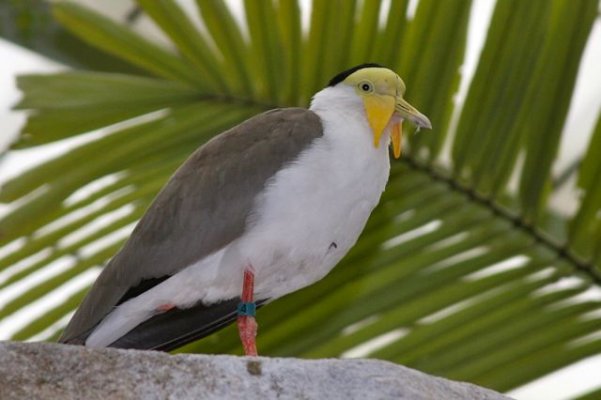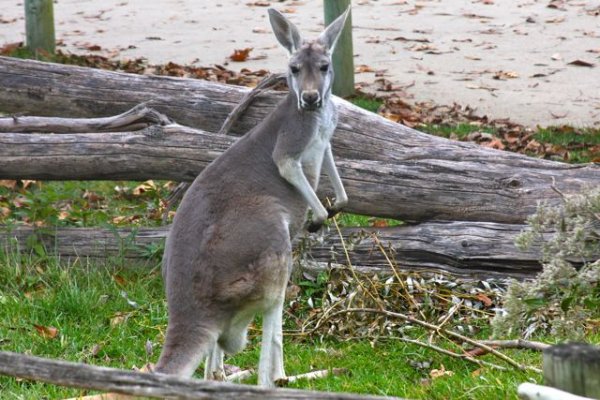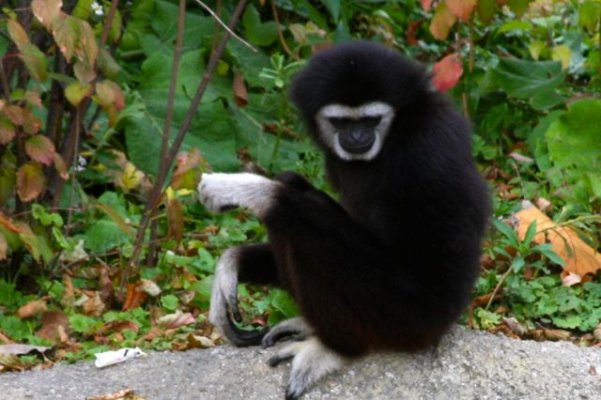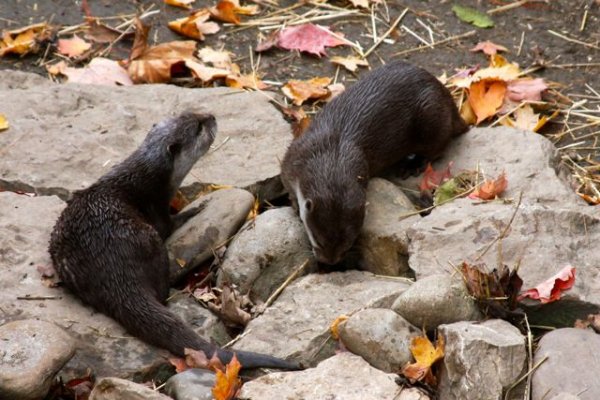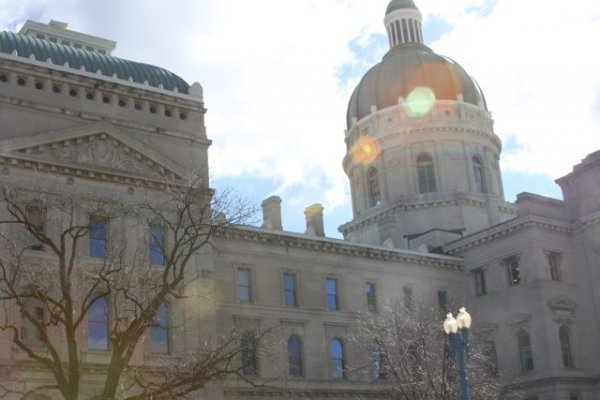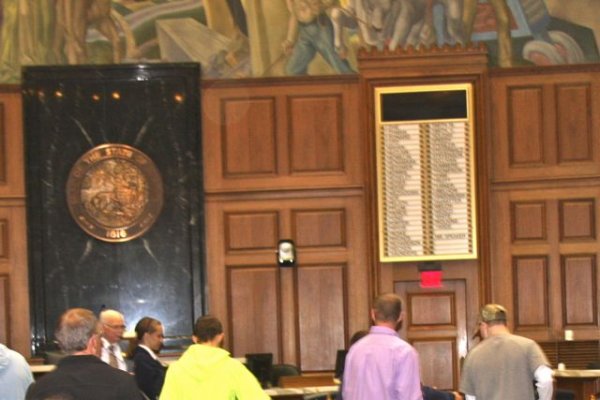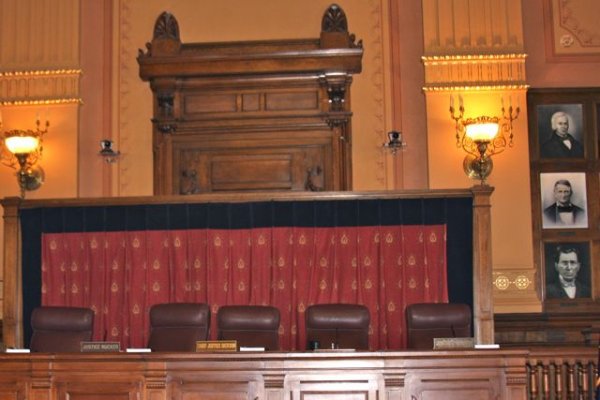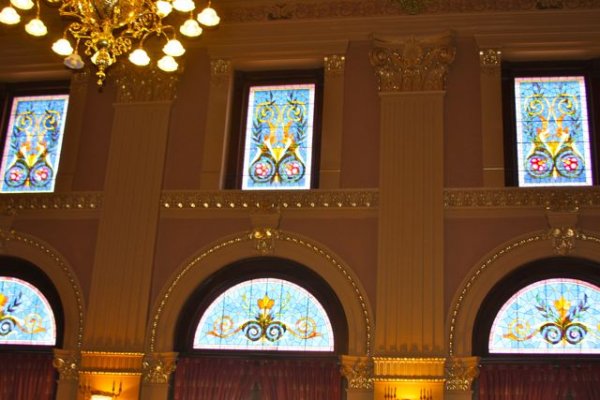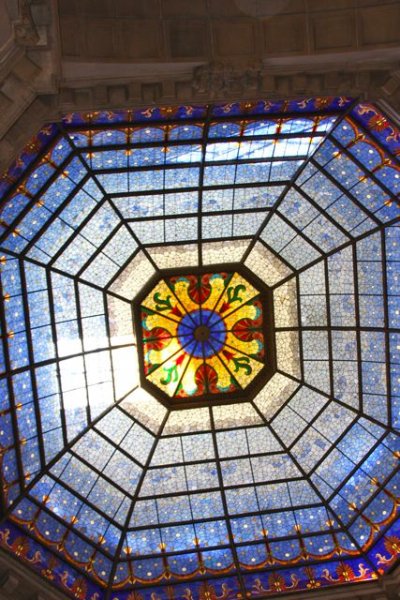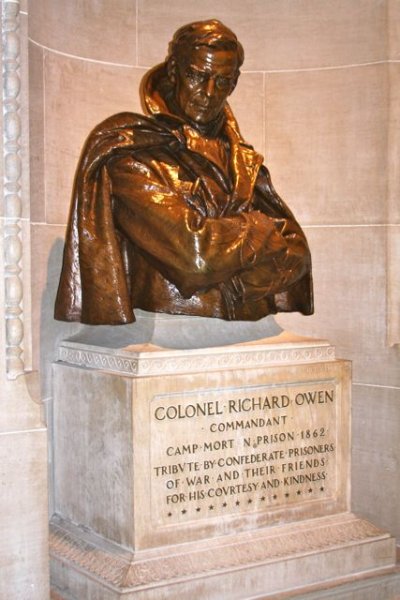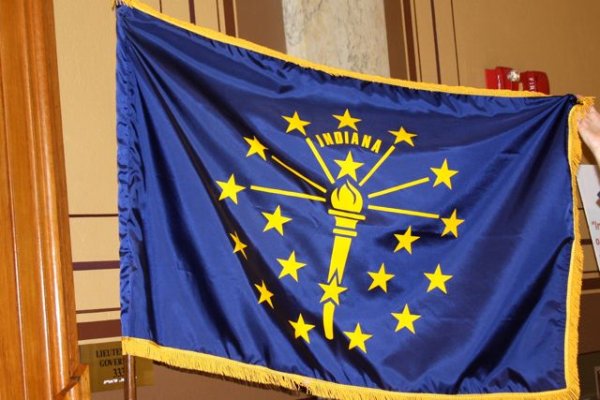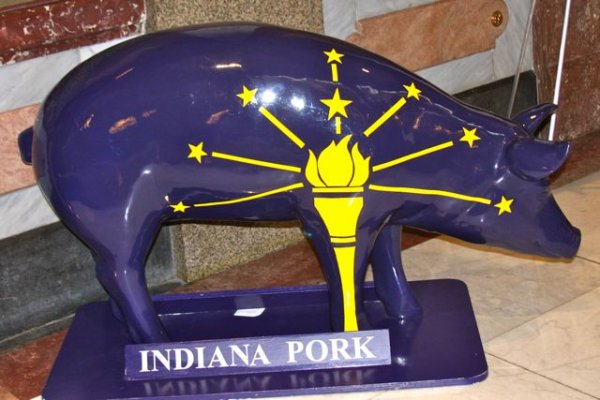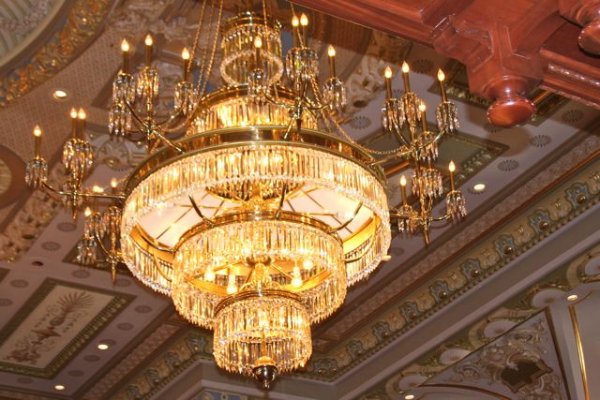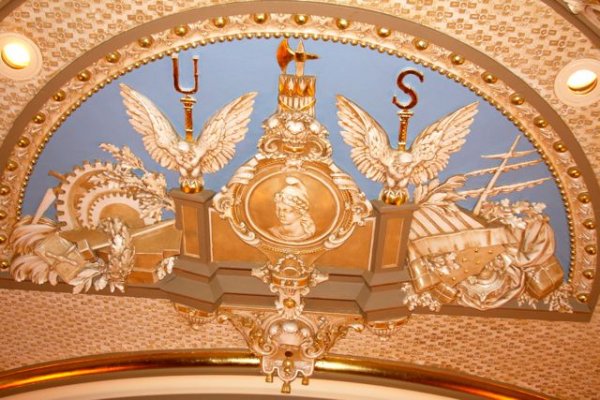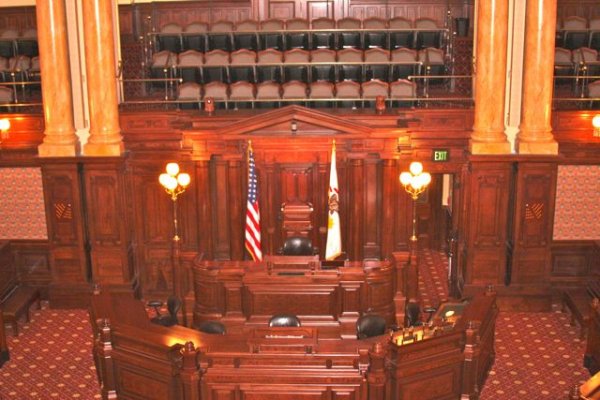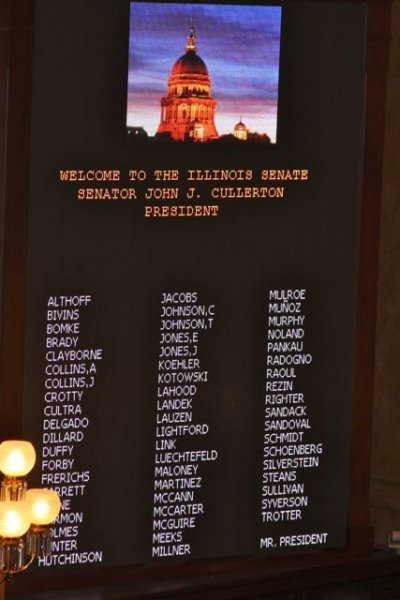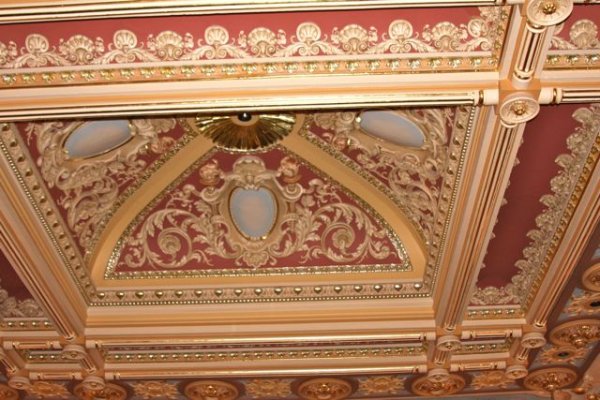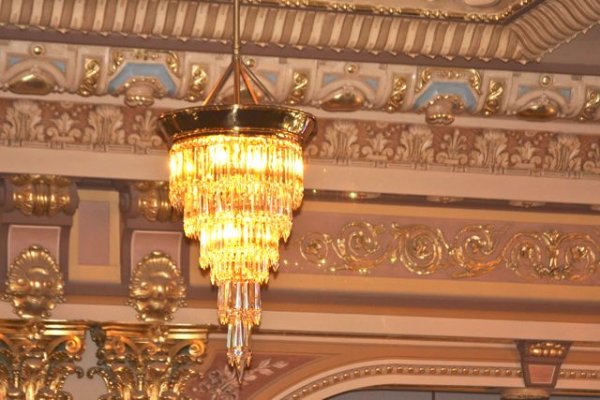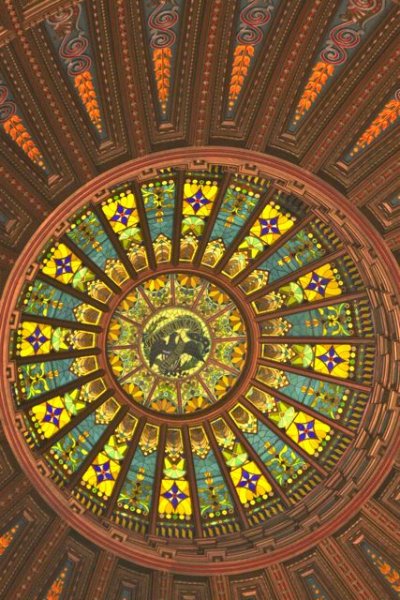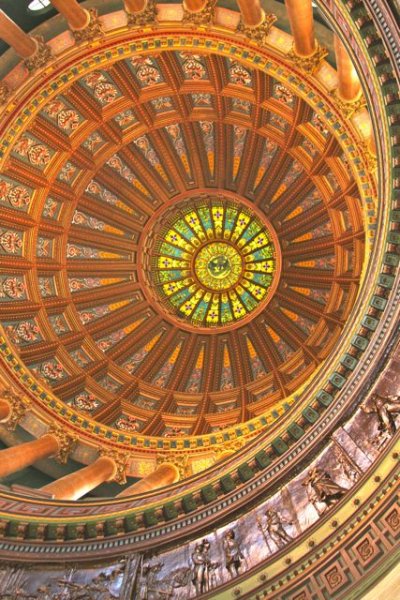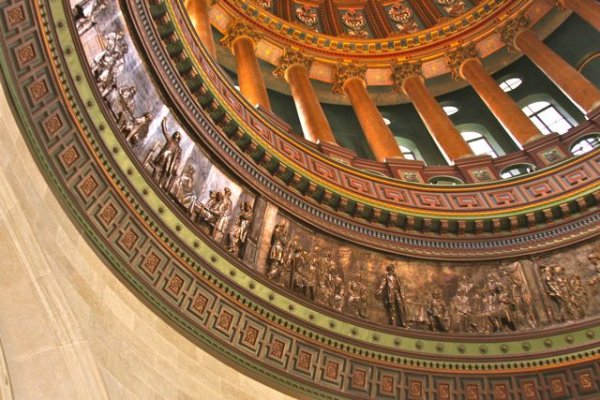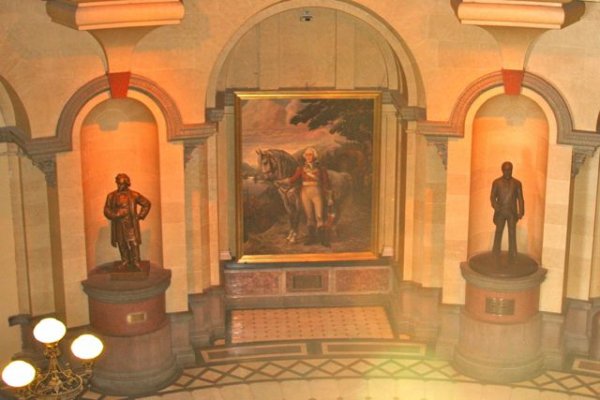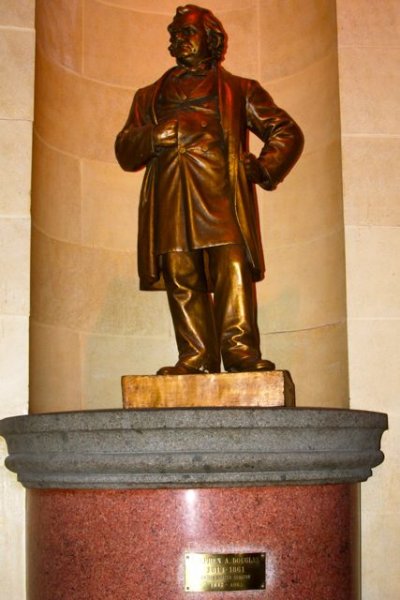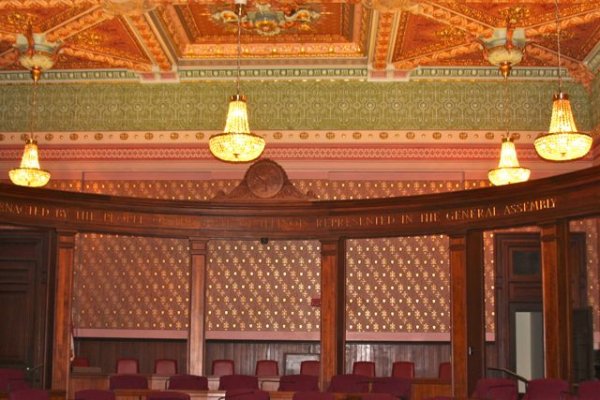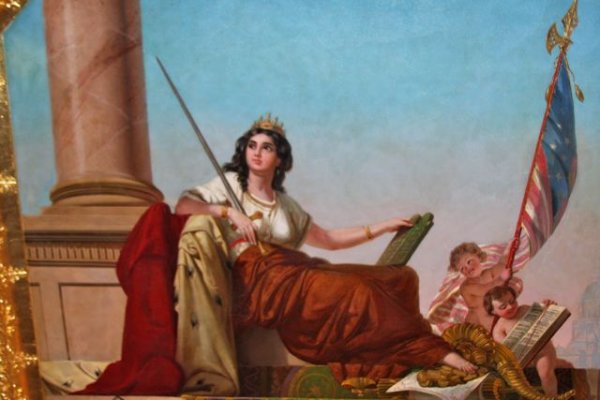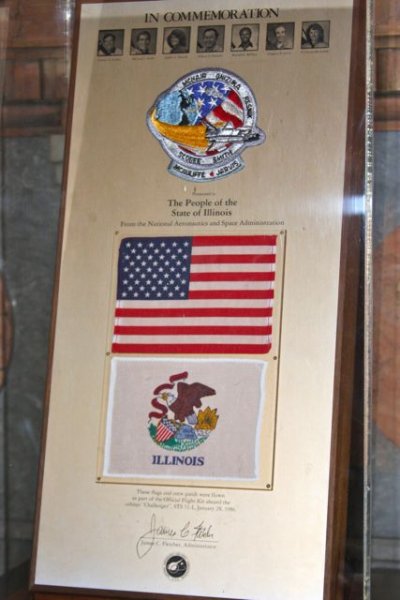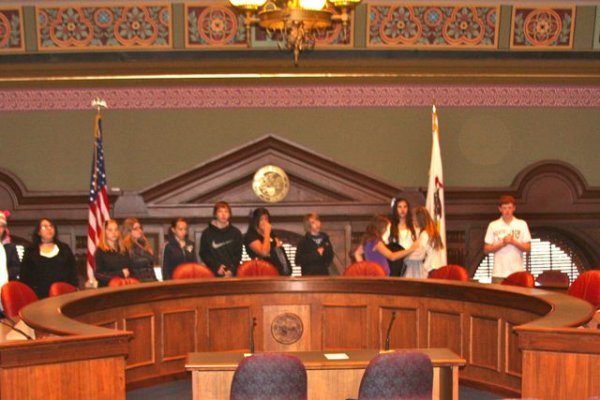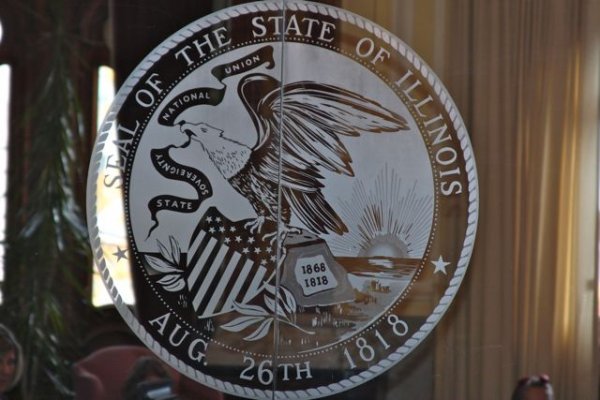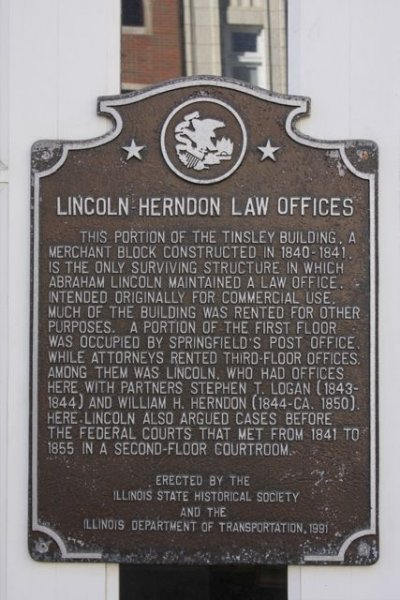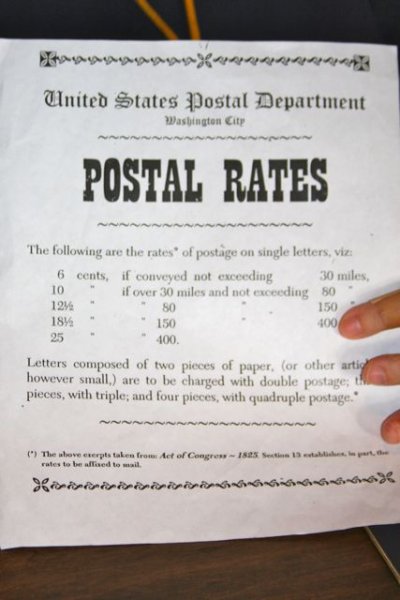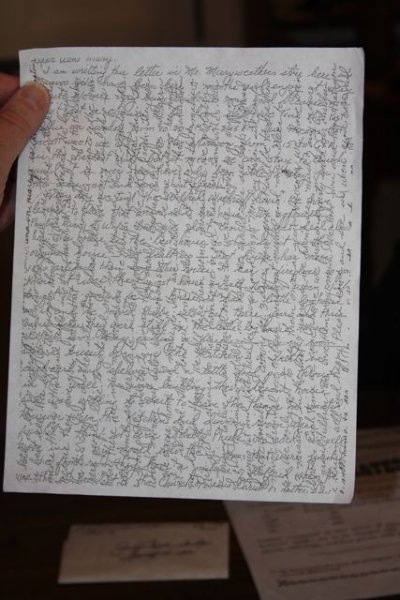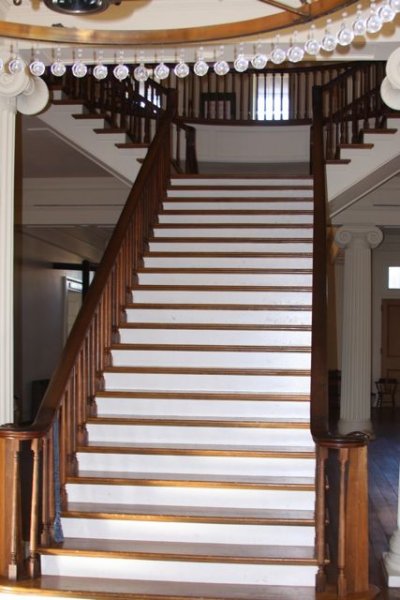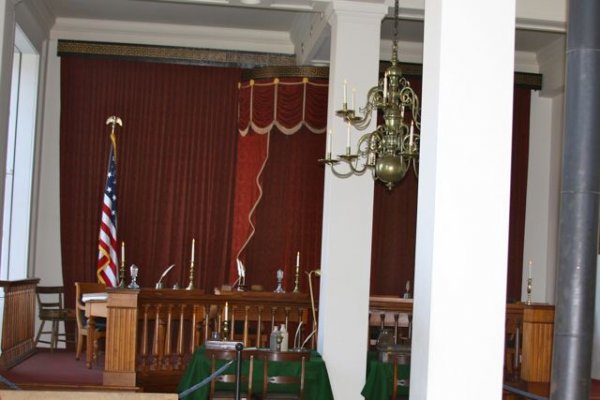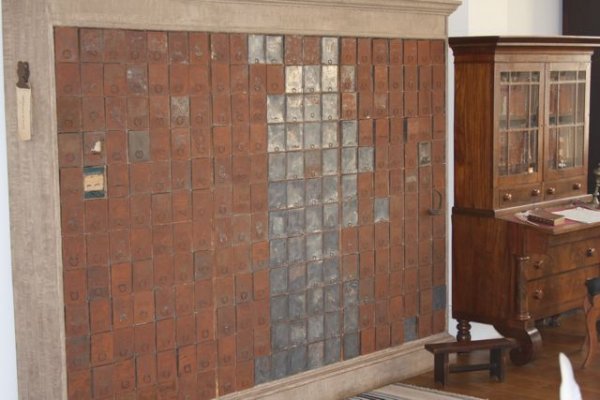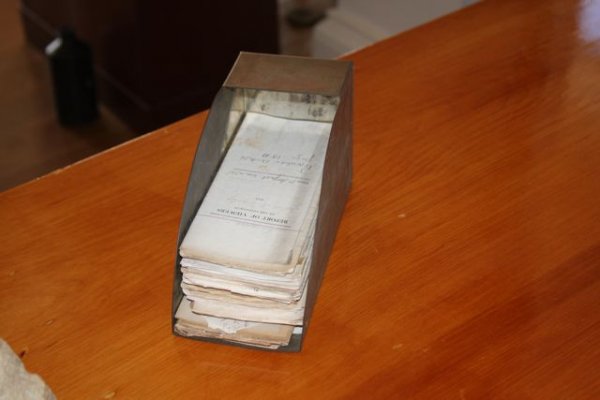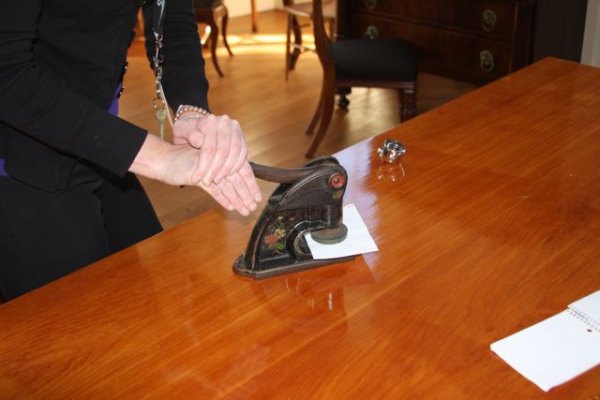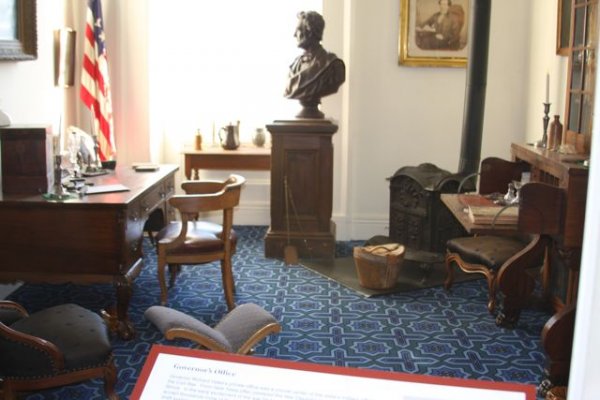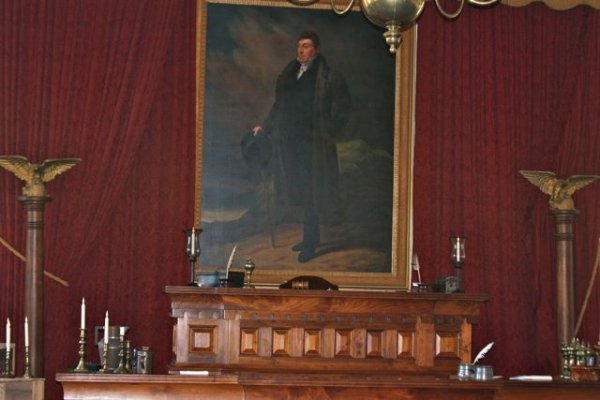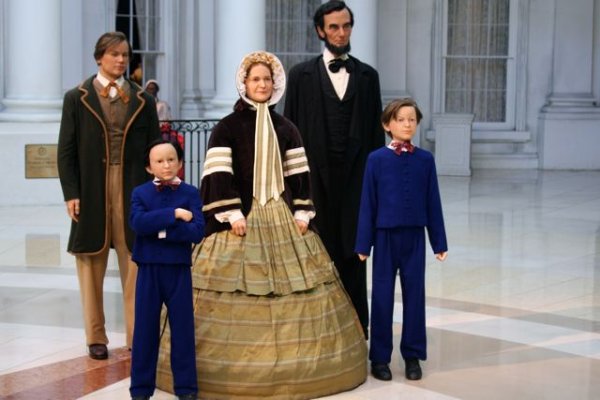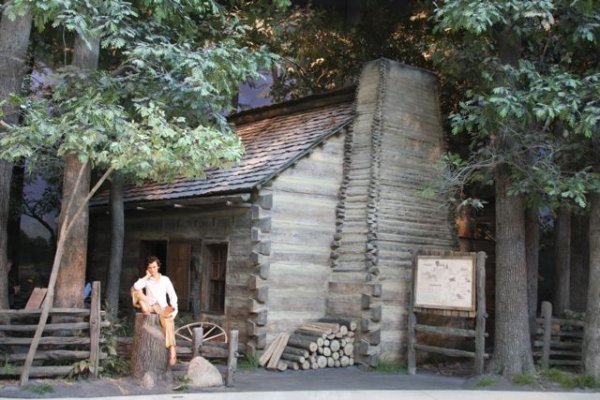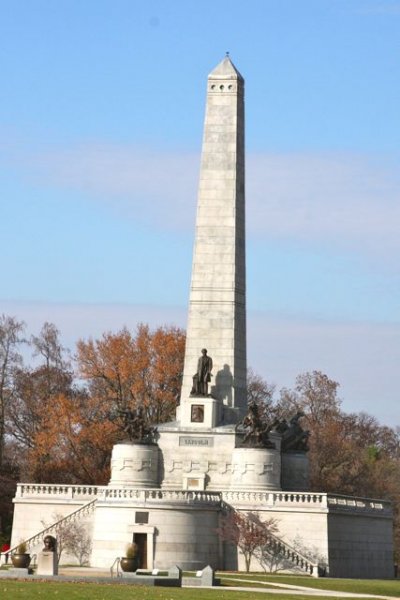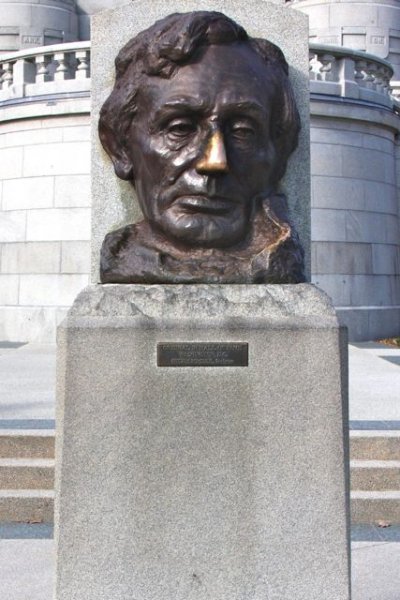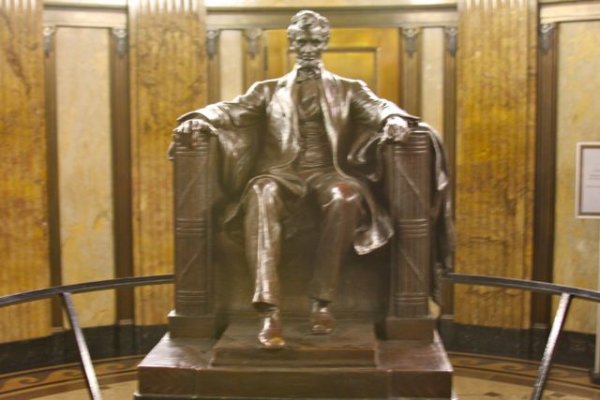Dean & Linda Stock
Well-known member
Oct. 23 Day 62 Galloway, Ohio (12 miles from Columbus)
I have been a fan of Jack Hanna's "Animal Adventures", so the zoo was my #1 destination in Columbus (actually Powell, Ohio). The Columbus Zoo and Aquarium has half-price Senior Day every Tuesday @ $11/both of us. What a nice surprise! Parking was $7. I had high expectations, but they far exceeded them. The animals are happy and have good-sized enclosures. One big aim of the zoo is education. Most of what they taught, I knew. But one sign did intensify my desire to encourage our government to work on global warming. It said, "An Arctic without ice would be like a garden without soil."
We've seen many wolves, but not the Mexican wolf. By the 1970's, all Mexican wolves had been eliminated in the U. S. They are trying to do captive breeding so they can be reintroduced to the wild. (Picture 1) They released some Mexican wolves in eastern Arizona. The gray wolf (Picture 2) has been the notorious villain (think "Little Red Riding Hood") in movies and stories. He's actually very smart and sociable and is wary of humans.
Many states (Minnesota, Montana, Idaho, Wyoming, and Wisconsin are the ones I remember) are increasing the hunting of wolves. The main advocates are hunters who see it as sport and ranchers whose livestock is killed by wolves. However, there is a fund that Dean and I contribute to, that reimburses ranchers for any wolf kills. There has never been a documented case of a human being killed by a wolf.
We met a lovely docent, a retired special education junior high school teacher, in the aviary. The zoo requires docents to undergo 18 months of training before they are allowed to work. She told us about the red-headed duck (Picture 3) who lays her eggs in nests of other ducks. These drakes purr and meow! The females squawk. She helped me identify the red-breasted grosbeak (Pic. 4)
Can you see the white triangle on this bobcat's ear? (Picture 5 ) The females have that white patch so that her kittens can find her despite her camouflaged coat. A group of bobcat kittens is a kindle.
The tufted deer (Picture 6) was new to us. He looks like he is having a bad hair day with an unkempt tuft of hair on the top of his head. They are found in Burma.
The red-crowned crane (Picture 7) is the second rarest crane. They mate for life. .Zoos are working together and sending eggs to a reserve in Russia for hatching and tracking.
The golden mantled flying fox (bats) were my favorite exhibit. (Pictures 8 & 9) Bats are the only mammal that can truly fly. The goldens are one of the smallest fruit bats, but they are 10 times bigger than any bats I've seen before. The keepers were working with them, prying them off the wires and giving them shots or swabbing tears in their wings so they don't get infected. Afterwards, they hung celery to reward them. Their feet have 5 long toes, and the "hands" are hooks.
I have been a fan of Jack Hanna's "Animal Adventures", so the zoo was my #1 destination in Columbus (actually Powell, Ohio). The Columbus Zoo and Aquarium has half-price Senior Day every Tuesday @ $11/both of us. What a nice surprise! Parking was $7. I had high expectations, but they far exceeded them. The animals are happy and have good-sized enclosures. One big aim of the zoo is education. Most of what they taught, I knew. But one sign did intensify my desire to encourage our government to work on global warming. It said, "An Arctic without ice would be like a garden without soil."
We've seen many wolves, but not the Mexican wolf. By the 1970's, all Mexican wolves had been eliminated in the U. S. They are trying to do captive breeding so they can be reintroduced to the wild. (Picture 1) They released some Mexican wolves in eastern Arizona. The gray wolf (Picture 2) has been the notorious villain (think "Little Red Riding Hood") in movies and stories. He's actually very smart and sociable and is wary of humans.
Many states (Minnesota, Montana, Idaho, Wyoming, and Wisconsin are the ones I remember) are increasing the hunting of wolves. The main advocates are hunters who see it as sport and ranchers whose livestock is killed by wolves. However, there is a fund that Dean and I contribute to, that reimburses ranchers for any wolf kills. There has never been a documented case of a human being killed by a wolf.
We met a lovely docent, a retired special education junior high school teacher, in the aviary. The zoo requires docents to undergo 18 months of training before they are allowed to work. She told us about the red-headed duck (Picture 3) who lays her eggs in nests of other ducks. These drakes purr and meow! The females squawk. She helped me identify the red-breasted grosbeak (Pic. 4)
Can you see the white triangle on this bobcat's ear? (Picture 5 ) The females have that white patch so that her kittens can find her despite her camouflaged coat. A group of bobcat kittens is a kindle.
The tufted deer (Picture 6) was new to us. He looks like he is having a bad hair day with an unkempt tuft of hair on the top of his head. They are found in Burma.
The red-crowned crane (Picture 7) is the second rarest crane. They mate for life. .Zoos are working together and sending eggs to a reserve in Russia for hatching and tracking.
The golden mantled flying fox (bats) were my favorite exhibit. (Pictures 8 & 9) Bats are the only mammal that can truly fly. The goldens are one of the smallest fruit bats, but they are 10 times bigger than any bats I've seen before. The keepers were working with them, prying them off the wires and giving them shots or swabbing tears in their wings so they don't get infected. Afterwards, they hung celery to reward them. Their feet have 5 long toes, and the "hands" are hooks.

